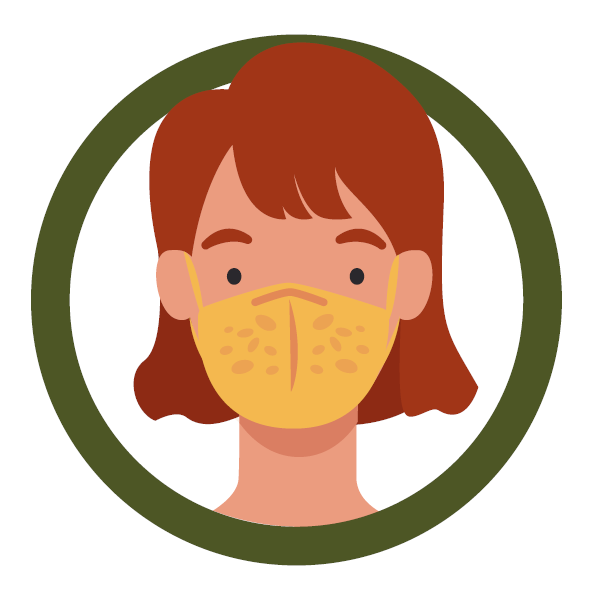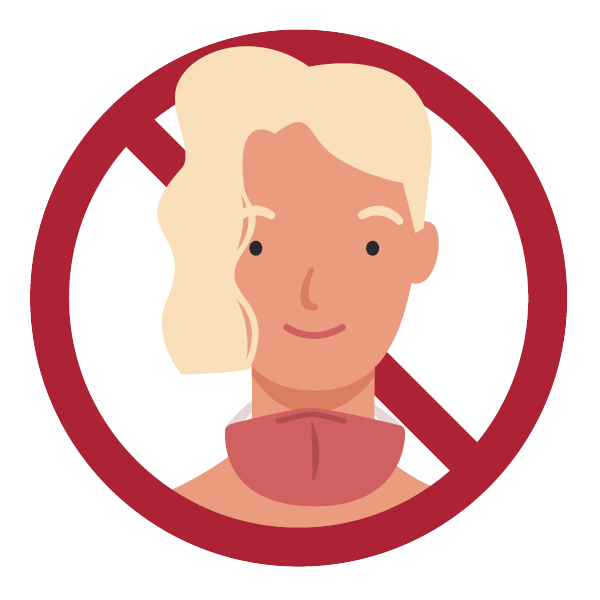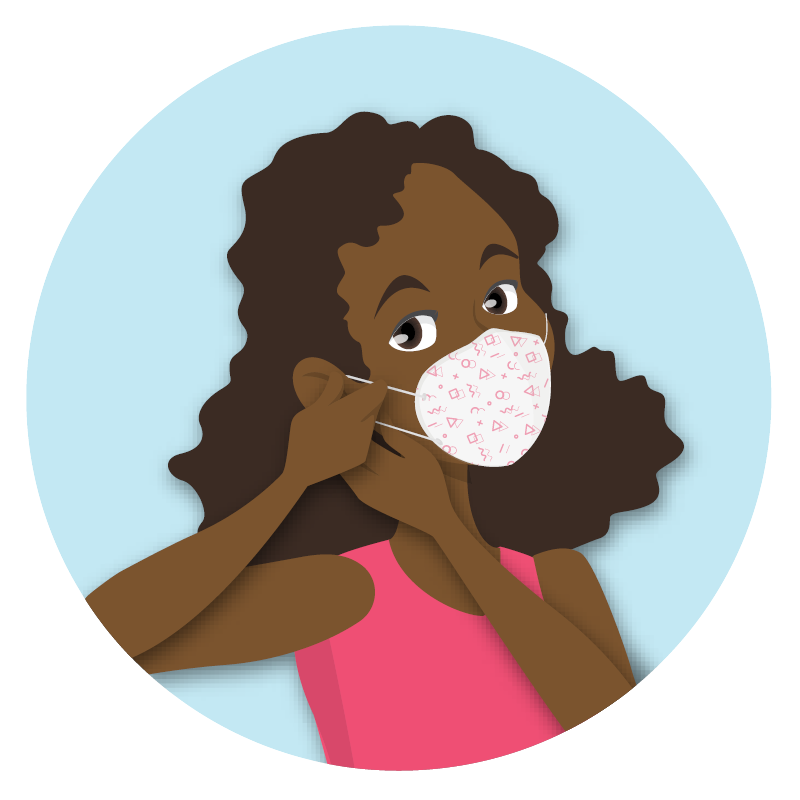The Do's and Don'ts of masks and how to wear them properly
With the increased transmissibility of the Omicron variant, it is more important than ever to understand how to ensure the best possible protection from a mask through fit and proper use.
A well-fitting mask should fit securely to your face and be large enough to completely and comfortably cover your nose, mouth and chin without gaps or air leaks around the edges. The federal government has prepared fact sheets highlighting how to choose, use and care for a mask, and how to properly wear a mask.
These reminders come with a number of helpful Do's and Don'ts to remember when handling your mask:

Do's:
- DO consider the different types of masks available for public use
- For non-medical masks, choose one made of multiple breathable layers, including at least two layers of tightly woven fabric and a third middle filter layer
- DO choose a mask that is clean, dry and damage-free
- DO choose a mask that fits well and fully covers your nose, mouth and chin without any gaping sections
- DO wash your hands or use hand sanitizer before and after touching or removing a mask
- DO use the ties, bands or ear loops to put on and take off your mask
- DO improve the fit of your mask by adjusting the flexible nosepiece and ear loops (if any), ties or bands so the mask fits snugly against your face
- DO keep your mask on except when eating, drinking or when actively communicating with someone who is hard of hearing or who reads lips
- DO store your mask in a clean paper or cloth bag if you plan to wear it again
- DO change your mask when it is dirty, damp or damaged, and keep it out of reach of others store soiled reusable non-medical masks in a waterproof bag or container until they can be cleaned
- DO wash reusable non-medical masks (in a washing machine or by hand) with hot, soapy water and dry completely before wearing again
- DO throw dirty, damp or damaged disposable masks and used filters in the garbage or use a mask recycling program if one is available
If you must remove your mask, put it back on as soon as possible and ensure other measures are in place, such as physical distancing and being in a well-ventilated or outdoor setting.

Don'ts:
- DON'T put a mask on children under two, someone who has difficulty breathing while wearing a mask or someone who needs help removing a mask
- DON'T use mask with exhalation valves or vents, or a scarf, bandana, neck gaiter or face shield instead of a mask
- DON'T twist ear pieces so that the bottom piece goes around the top of your ear and visa versa as this creates gaps in the mask. If they are too long, you should be opting for a smaller mask, tightening or tying knots in the ear loops to shorten them for a better fit
- DON'T touch the front of your mask
- DON'T hang your mask from your neck or ears, or place it under your chin
- DON'T reuse a disposable mask that's dirty, damp or damaged
- DON'T share used masks
How to ensure your mask fits properly
When putting on a mask, it's important to make sure your mask completely covers your nose, mouth and chin. Check for gaps between your face and your mask on the top, sides and bottom of your mask, and along the edges of your mask. Adjust the ties, bands, earloops and nosepiece as necessary.

Here are some tips to improve the fit of your mask if your mask is loose or not snug to your face:
- Tie knots on the ear loops to bring the mask closer to your face
- Tuck in the sides of the mask so that it lies flat against your face
- Use a mask fitter or brace to help provide a snug fit
- Layer a well-fitting non-medial cloth mask over a disposable mask to help push the edges of the disposable mask closer to your face
- Make sure that you can still breathe easily when wearing two masks
- Consider keeping facial hair shaved or short if possible this allows the mask to fit more closely to your face
For more information on mask usage, see the Government of Canada's website.

